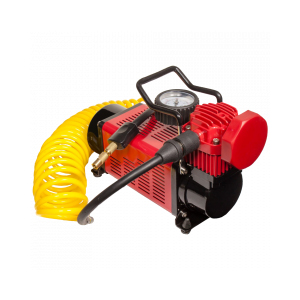wood stove flat gasket material
Understanding Wood Stove Flat Gasket Material Importance and Options
When it comes to wood stoves, the efficiency and safety of heating systems greatly depend on the quality of materials used in their construction, maintenance, and operation. One vital component that often gets overlooked is the flat gasket material. These gaskets play a crucial role in ensuring an optimal functioning wood stove, preventing heat loss, maintaining airflow, and protecting against smoke leakage. Understanding the different types of flat gasket materials, their functions, and their maintenance can help wood stove owners enhance performance and ensure longevity.
What is a Flat Gasket?
A flat gasket is a sealing component that fills the space between two or more surfaces in a stove, typically where the door meets the stove body. The primary purpose of these gaskets is to create an airtight seal, which helps control the combustion process. A proper seal prevents air from leaking into the stove and escaping heat outside. Consequently, this seal contributes to better fuel efficiency, allowing the stove to operate at its peak performance.
Importance of Flat Gasket Material
The choice of material for the flat gaskets is critical for various reasons. First, it directly impacts the heat retention capability of the stove. Ineffective material can lead to air leaks, resulting in higher fuel consumption as the stove works harder to compensate for lost heat. This can lead to increased emissions and a shorter lifespan for the appliance.
Second, the material must withstand high temperatures without degrading. Gasket materials that can withstand temperatures of over 1000°F are typically required for wood stoves. If the material breaks down due to high heat, it can create gaps that allow smoke and toxic gases to escape into the living space, posing health risks to occupants.
Third, gaskets are crucial for maintaining the overall efficiency of the heating system. When they are worn or damaged, the heating system needs to work overtime, which not only increases operational costs but can also lead to premature wear and tear on the stove's components.
Common Types of Flat Gasket Materials
1. Fiberglass Gasket Fiberglass is one of the most common materials used for wood stove gaskets. It is durable and can withstand high temperatures while providing an excellent seal. Fiberglass gaskets are often coated with a heat-resistant material to increase their lifespan.
wood stove flat gasket material

2. Ceramic Gasket Ceramic gaskets are known for their high-temperature resistance and durability. They can withstand extreme heat and are often used in high-efficiency wood stoves. While they tend to be more expensive than fiberglass, their longevity can make them a cost-effective option over time.
3. Graphite Gasket Graphite gaskets have gained popularity due to their excellent sealing properties and resistance to wear. They provide a tight seal and can endure high temperatures, making them suitable for wood stoves. However, they can be fragile and may require careful handling during installation.
4. High-Temperature Silicone Some modern wood stoves utilize high-temperature silicone gaskets. These gaskets can accommodate slight movements and offer a good seal, but they typically have a shorter lifespan than traditional materials.
5. Rope Gasket Rope gaskets, made of braided or twisted materials, can be used in various configurations. They are flexible and can fill irregular gaps effectively, making them a versatile option for many wood stove designs.
Maintenance and Replacement
Regular maintenance of flat gaskets is crucial to ensure optimum performance. Homeowners should regularly check the gaskets for wear, damage, or gaps. Typically, a good rule of thumb is to replace gaskets every one to three years, depending on usage and environmental factors.
When replacing flat gaskets, it is essential to choose high-quality materials suitable for high-temperature applications. Proper installation is also vital; gaskets must fit snugly to prevent air leaks. For those who are inexperienced in gasket replacement, consulting a professional can ensure that the job is done correctly.
Conclusion
Flat gasket material is a seemingly small, yet immensely significant component of wood stoves. Selecting the right material and maintaining it properly can lead to more efficient heating, lower energy costs, and improved safety. For wood stove owners looking to enhance their appliance's performance and longevity, investing time and resources into understanding and maintaining flat gasket materials is an essential task.
-
Simplifying Oil Changes: A Comprehensive Guide to Oil Drain Plugs and Their Variants
News Aug.04,2025
-
Mastering Oil Drain Maintenance: Solutions for Stripped, Worn, and Upgraded Oil Plugs
News Aug.04,2025
-
Fixing Oil Pan Plug Issues: Leaks, Stripped Nuts, and the Right Replacement Solutions
News Aug.04,2025
-
Everything You Need to Know About Oil Drain Plugs: Sizes, Fixes, and Upgrades
News Aug.04,2025
-
Choosing the Right Oil Drain Plug: A Guide to Sizes, Materials, and Drain Innovations
News Aug.04,2025
-
A Complete Guide to Automotive Drain Plugs: Types, Problems, and Innovative Solutions
News Aug.04,2025
-
The Ultimate Guide to Car Repair Kits: Tools and Essentials Every Driver Should Own
News Aug.01,2025
Products categories















